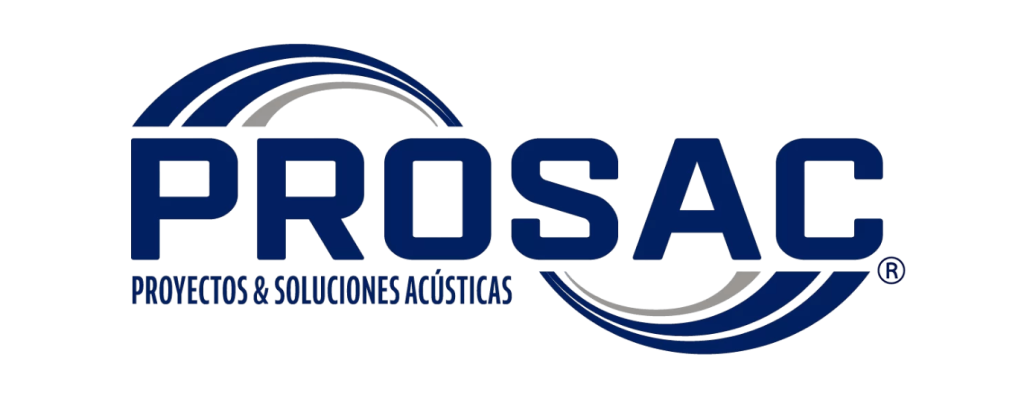

We apply a continuous improvement process every day to enhance our quality standards and the competencies of our staff.
We assess the impact of underwater noise generated by human activities—an increasing challenge for the protection of marine wildlife and the sustainability of ecosystems. Through source characterization, impact prediction, and the definition of influence areas, we apply updated technical criteria and use validated underwater sound propagation models. This approach allows us to identify and mitigate the effects of anthropogenic noise, ensuring compliance with current regulations and the preservation of sensitive species.
> Technical Evaluation Procedure
Our technical procedure is based on detailed analyses that consider the specific characteristics of the affected species and the noise sources.
We assess impact by differentiating species groups (low-, mid-, and high-frequency cetaceans, phocid and otariid pinnipeds, sea turtles, and fish) and apply frequency weighting according to marine fauna type, following international guidelines such as NMFS-OPR-59 (2018).
Additionally, we incorporate synergy evaluations with nearby projects and use the most accurate underwater sound propagation models, integrating factors such as bathymetry, water temperature, and salinity, in accordance with the SEA Guide “Evaluation Criteria in the SEIA: Prediction and Evaluation of Impacts from Underwater Noise” (2022), ensuring a valid and reliable analysis.